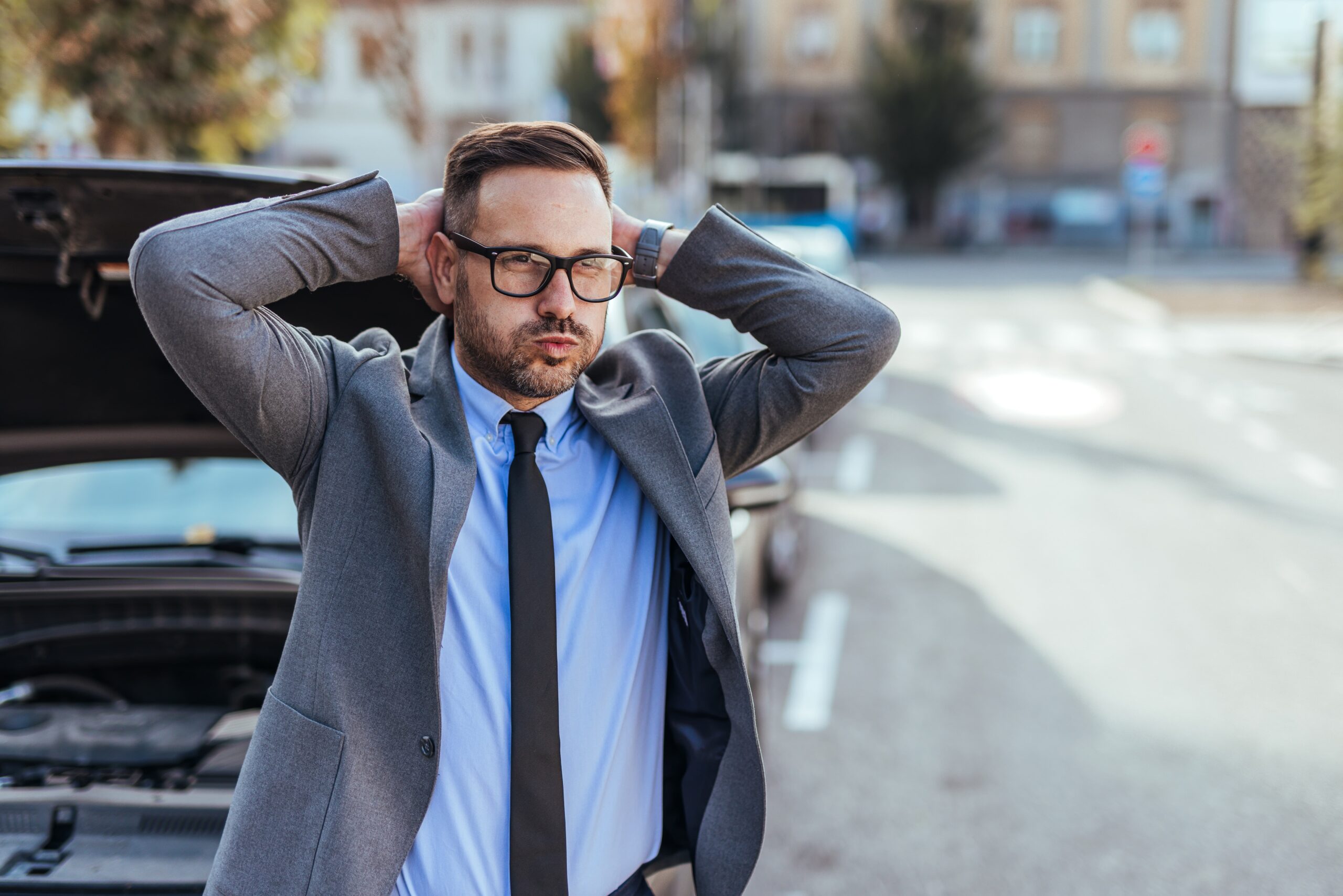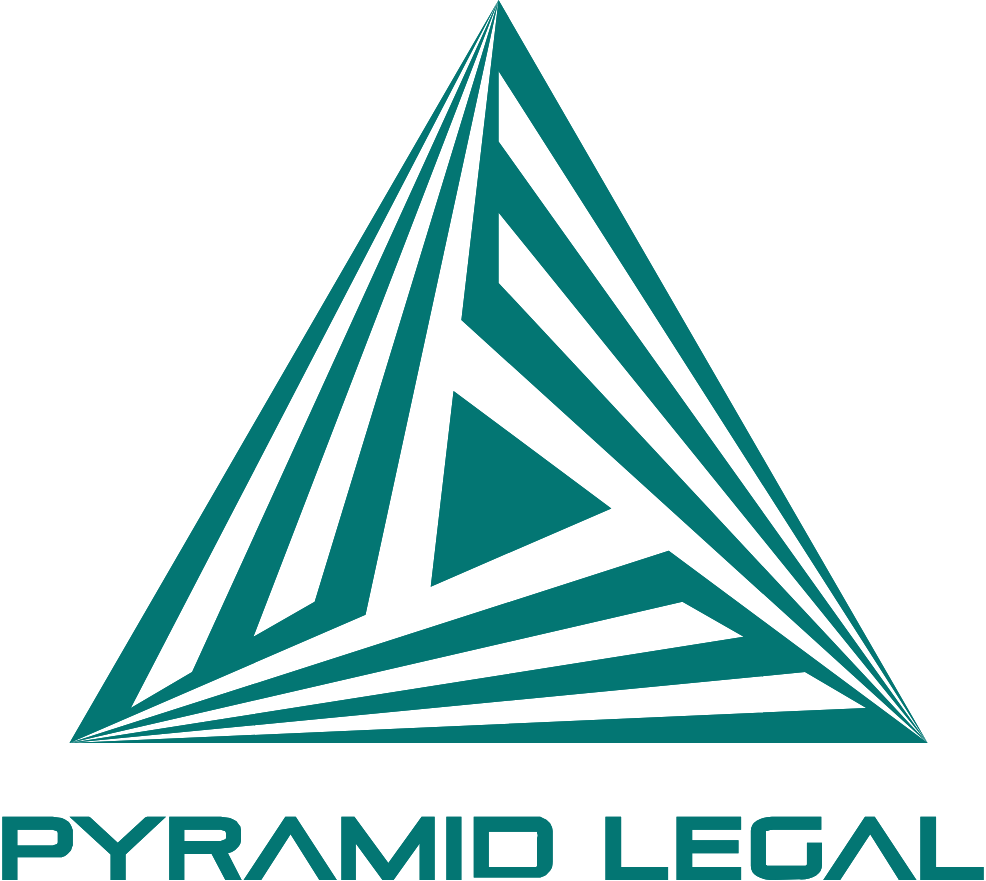In the state of California, it is illegal to drive on public roadways and highways without car insurance. In fact, there are minimum mandatory requirements levied upon Californians. Some, carry harsh penalties and fines. Regardless of its illegality, many drivers do not meet the minimum coverage mandated by the state. It is estimated at 16.6 percent of all drivers in California continue to travel daily with no insurance at all, according to the Insurance Information Institute.
This is very distressing news for California’s insured motorists. An accident with an uninsured can result in financial losses, and in some cases, unrecoverable damages. However, there are steps you can take that can help protect you from having to cover the costs of the accident out of pocket.
This article will cover many issues surrounding uninsured motorists and what you can do to protect yourself if you have an accident with one of these drivers. It will also address the legal ramifications if you are the driver without insurance.
California’s Insurance Requirements
California is what is known as a “tort-law” state. Tort law is considered to be a restorative form of justice. This is because the laws of that state, such as California, seek to remedy losses in regard to monetary loss or injury with financial compensation. This is an important distinction because it helps to provide context and understanding when looking at insurance laws.
While California actually has some of the most lenient penalties for driving without insurance, costs can add up quickly. But the biggest gamble comes in the form of an auto accident. Without the required minimum coverage, uninsured drivers are held personally responsible for all costs they are found to be at fault for.
The minimum coverage required by the state of California is:
- $15,000/per person
- $30,000/per accident
- $5,000/property damage
This is where tort law comes in. Since California applies tort law to auto accidents, Californians have the right to sue the other driver for losses and damages.
And this is where carrying the required minimum coverage comes in. Liability insurance protects you in the event you are found to be at fault and have to pay for damages and injuries.
However, in the event the other driver is at fault and does not carry the required minimum coverage, they are still liable for the amount owed – with or without auto insurance. This is why carrying car insurance is so important; you are still responsible for the costs either way.
Penalties and Fines for Driving Without Insurance in California
The first conviction of driving without auto insurance can result in a $100-$200 fine. However, your vehicle can be impounded – even with the first offense.
The court can also decide to levy additional penalty assessments, which can result in doubling, or tripling your fines, or more. Penalty assessments can really make a “driving with no insurance” fine much more costly.
The second offense and any subsequent offenses may result in fines between $200-$500 along with any additional assessments.
While some have viewed this as “cheaper” than paying for car insurance, the truth is, if you end up in an auto accident without insurance, it can ruin your life for quite some time.
According to Bank Rate, Penalty Assessments are:
- Penal Code 1464: $10 for every $10 or part of $10 of your fine (so if your fine was $25, you could be hit with a $30 penalty assessment here)
- Government Code 7600: $7 for every $10 of part of $10
- Government Code 70372: $5 for every $10 or part of $10
- Government Code 76104.6: $1 for every $10 or part of $10
- Government Code 76104.7: $4 for every $10 or part of $10
- Government Code 76000.5: $2 for every $10 or part of $10
What these penal codes mean is, if all of these penalty assessments is issued against you, every $10 of your fine gets an additional $29 added on. Therefore, a simple $100 fine turns into a $390 fine. And if you are charged with a $500 fine along with all of the penalty assessments, you will be paying $1,950 out of your own pocket.
What Do I Do If the Other Driver Doesn’t Have Insurance?
- Get Uninsured Motorist Coverage – This is the number 1 step insured drivers can take to protect themselves from the uninsured. Without it, you could end up footing the bill for an accident that someone else caused. Uninsured Motorist Coverage is an optional piece of coverage you can add to your policy that essentially covers you in the event you are in an accident with an uninsured driver. It allows you to make a claim against your own insurance company to cover losses and medical expenses up to your cap if you are in an accident with someone that does not carry insurance. If they are insured, but do not carry the minimum required coverage, it can make up the difference.
- Seek Medical Attention – Even if you do not feel as though you were injured, seek medical attention right away after an accident. This is an extremely important step because an accident can cause your adrenaline to spike. Adrenaline can mask the pain and symptoms of even serious injuries. Injuries can not only worsen the longer they are left undiagnosed and untreated but failing to get a proper diagnosis can result in forfeiting fair compensation for your injuries.
- Never Admit Fault – An accident can stir a range of emotions, from anger and confusion to guilt and remorse – even if it was not your fault. With these emotions may come the urge to say how sorry you are this happened. Do not. Even if it’s clear the accident was the fault of the other driver, your apology may constitute another aspect of the accident that could result in you being denied compensation or the right to sue.
- Call the Police – It’s important to document the accident. You want all the evidence and records possible to either fight a court case or file a lawsuit. In either case, evidence is crucial. The police play an important role in auto accidents as they file police reports. These reports are accessible to you and they contain important information, such as documenting the accident as a whole, the location where it occurred, injuries, and both parties’ statements.
- Call a Lawyer Immediately – The longer you wait to contact an experienced car accident lawyer, such as Pyramid Legal, the harder it is to file an effective lawsuit. A qualified personal injury attorney will collect all of the evidence, have you begin medical treatment right away if needed, and begins filing the proper paperwork, and more. They will ensure your best interests come first and they typically only get paid after a settlement has been accepted – no upfront costs.
Failing to follow these steps can result in financial losses, undetected injuries worsening or possibly becoming permanent, being erroneously found at fault for the accident, or failing to file a lawsuit that yields fair and just compensation.
In Conclusion
Ultimately, an auto accident can be a traumatic event for anybody who experiences one. No one wants to find themselves in an accident, whether it is considered to be a simple “fender bender” or a serious car crash. Driving carries with it inherent risks; you should always be prepared. Being prepared means taking reasonable steps to protect yourself and your interests.
This includes having the proper amount of insurance coverage such as Uninsured Motorist coverage, collecting evidence, seeking medical care, making a police report, and contacting a personal injury lawyer right away. Contacting a personal injury attorney can help you navigate the legal aspects, give you legal advice, file paperwork on your behalf, and ensure you get the best settlement award available to you.
If you have been in an auto accident, contact Pyramid Legal today.








